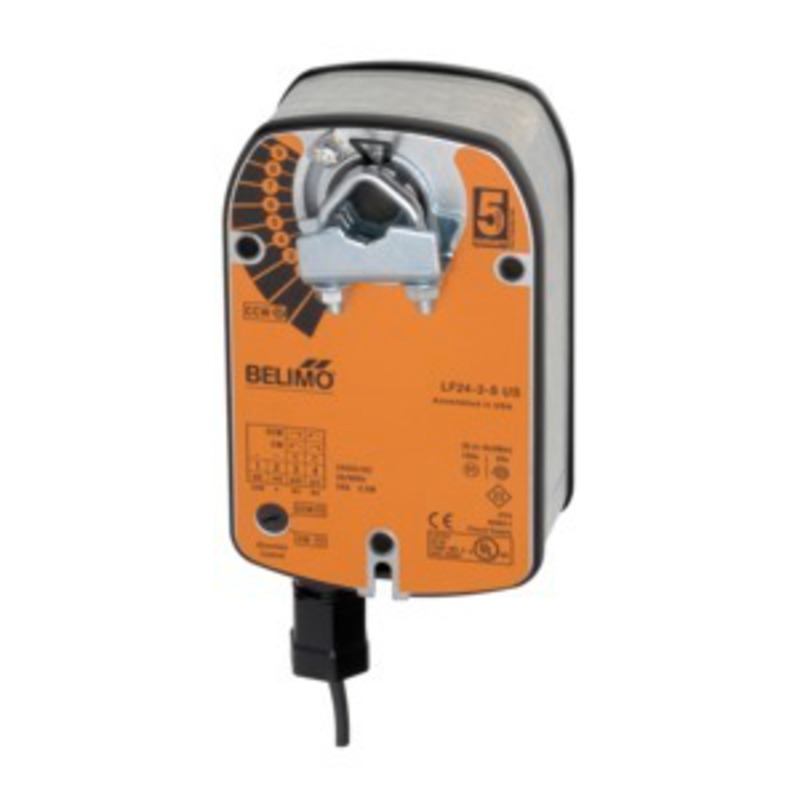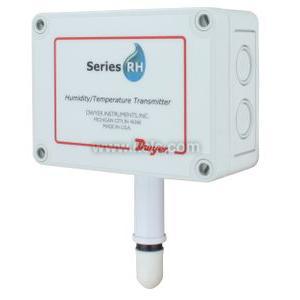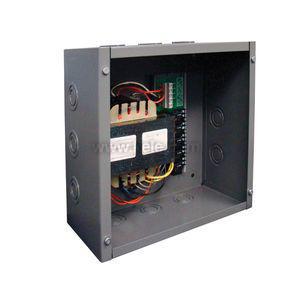




Welcome to Kele - Empowering People, Delivering Solutions
Kele offers unmatched in-stock building automation systems products, exclusive solutions, and exceptional customer service through our tech services, engineering expertise, and training.
Contact usThe Kele Companies | Privacy Policy | Return Policy | Shipping Policy | Terms of Sale | Careers with Kele























